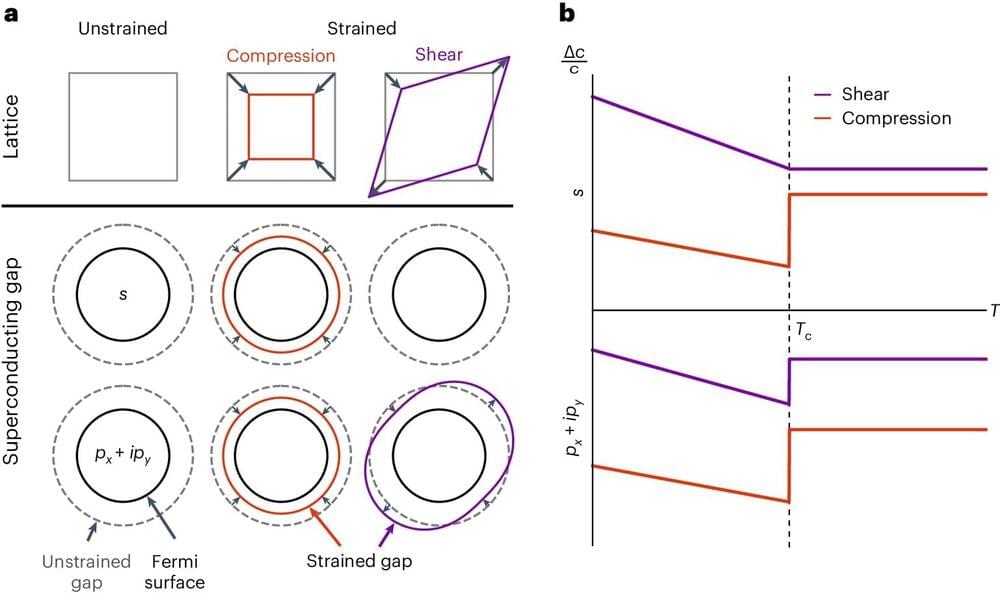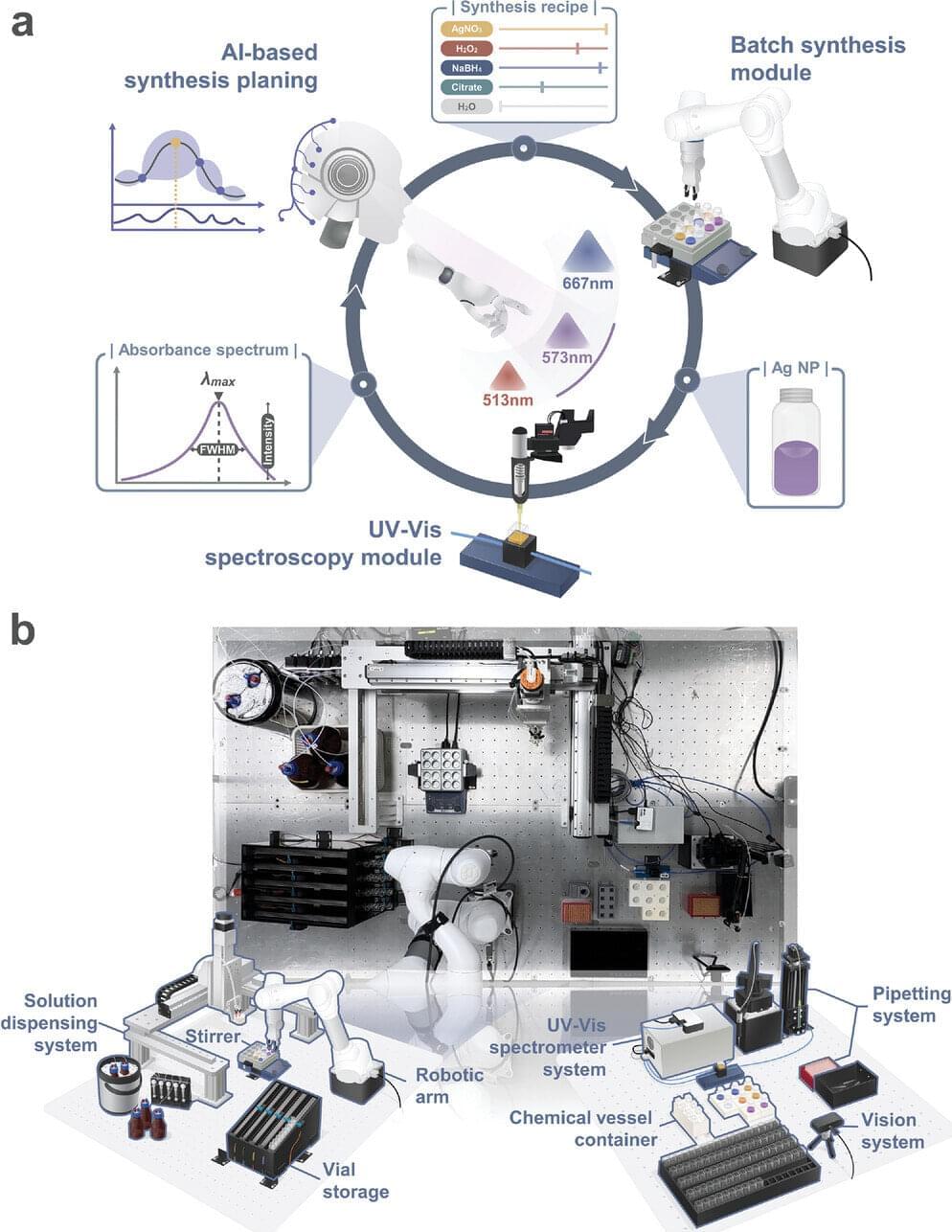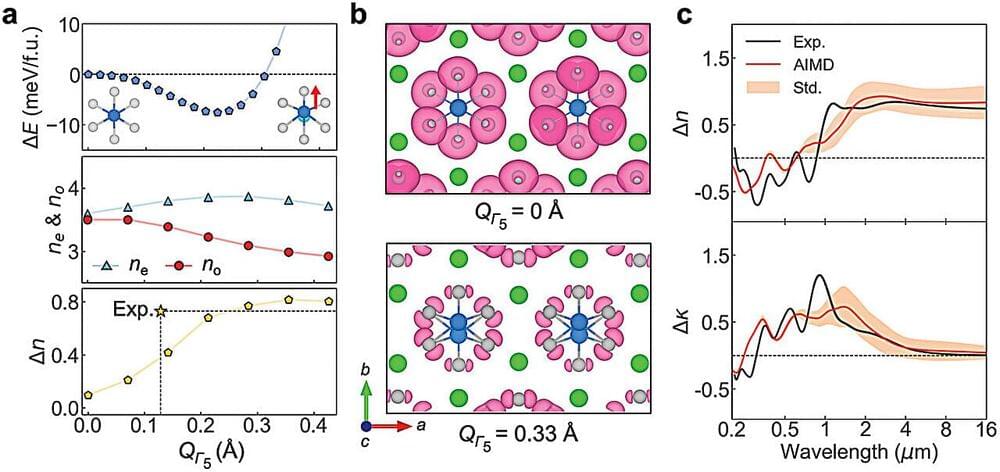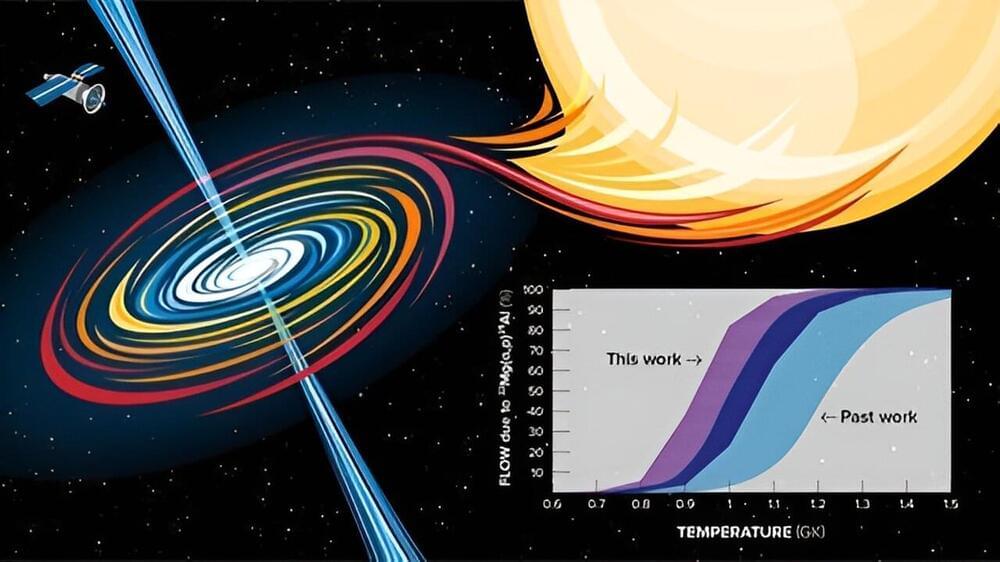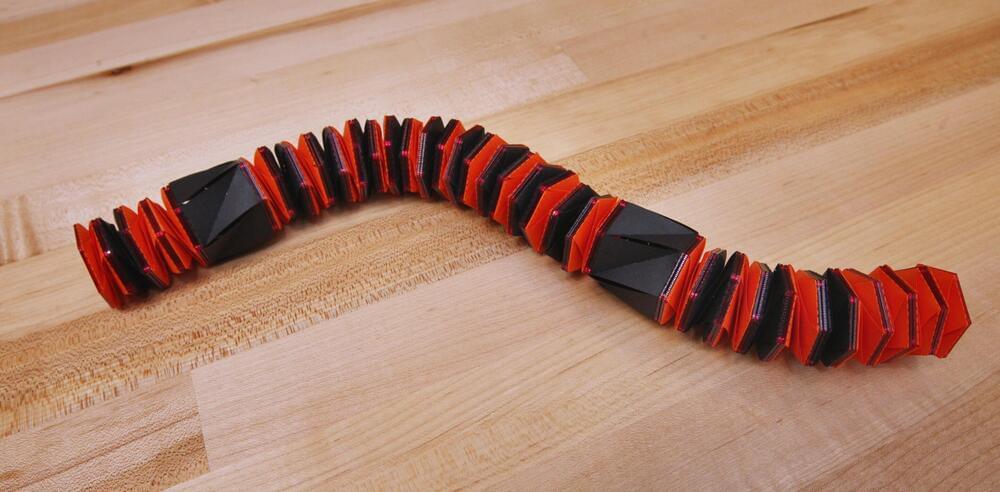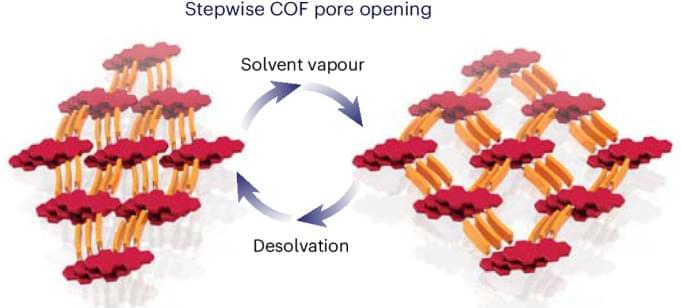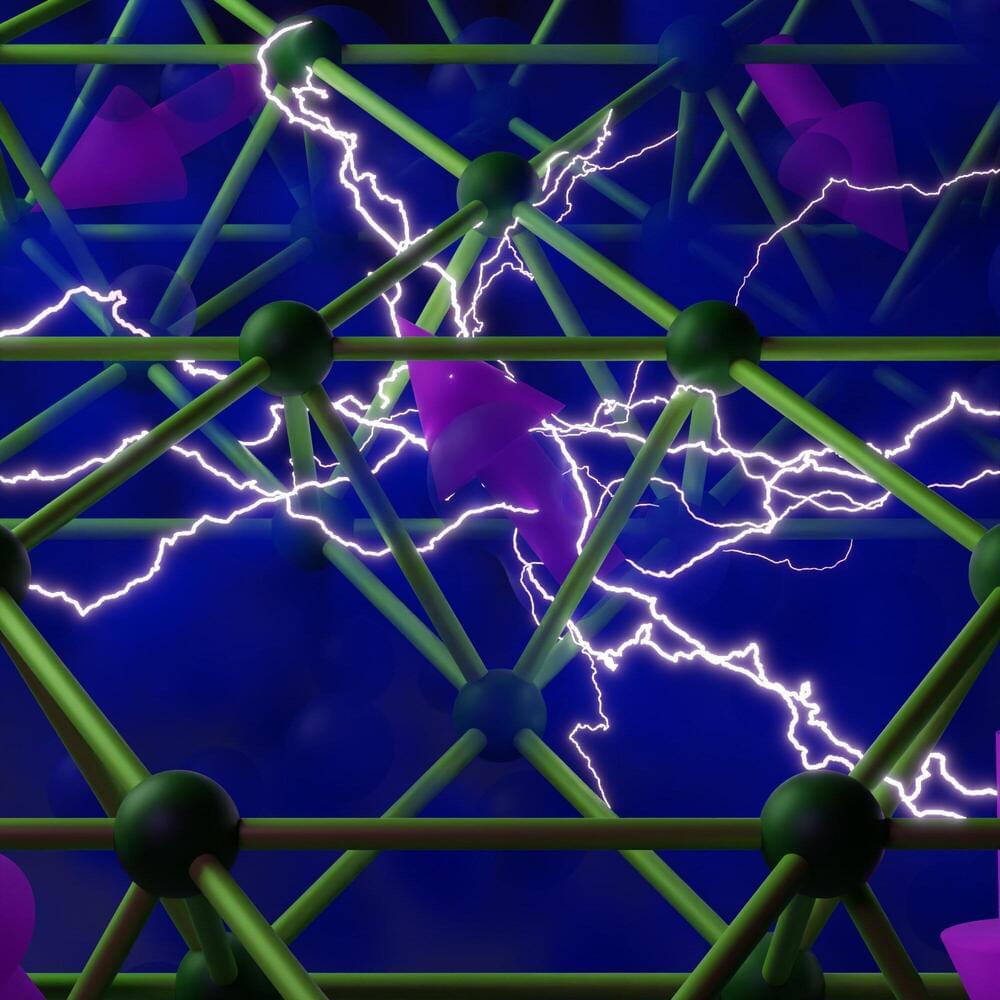May 10, 2024
Researchers can now accurately measure the emergence and damping of a plasmonic field
Posted by Paul Battista in category: materials
“We employed this configuration for the first time to characterize the signal field emerging from a resonantly excited plasmonic sample,” says Francesca Calegari, lead scientist at DESY, physics Professor at Universität Hamburg and a spokesperson of the Cluster of Excellence “CUI: Advanced Imaging of Matter.”
The difference of the reconstructed pulse with plasmon interaction to the reference pulse allowed the scientists to trace the emergence of the plasmon and its fast decay which they confirmed by electrodynamic model calculations.
“Our approach can be used to characterize arbitrary plasmonic samples in ambient conditions and in the far-field,” adds CUI scientist Prof. Holger Lange. Additionally, the precise characterization of the laser field emerging from nanoplasmonic materials could constitute a new tool to optimize the design of phase-shaping devices for ultrashort laser pulses.

